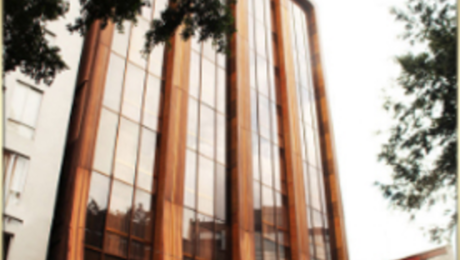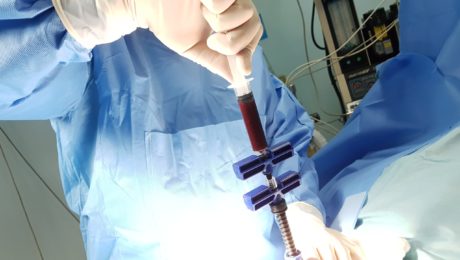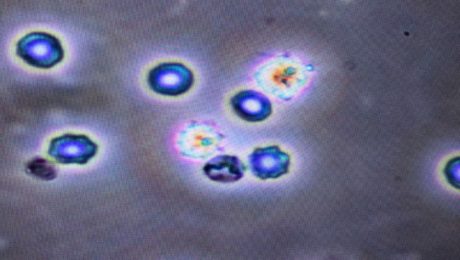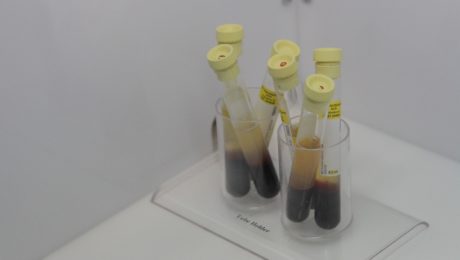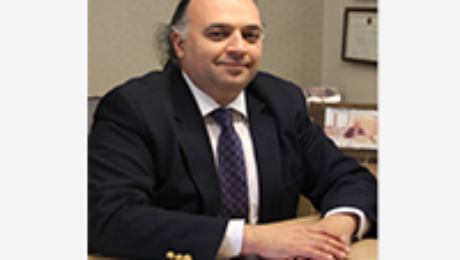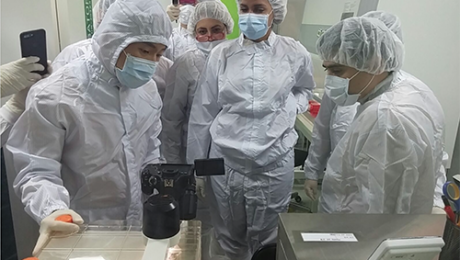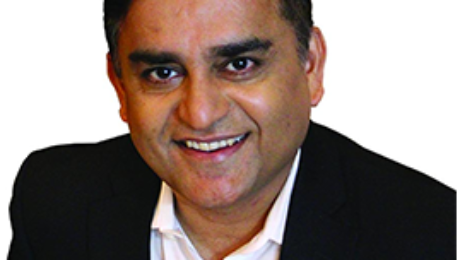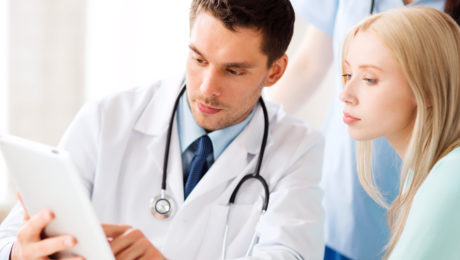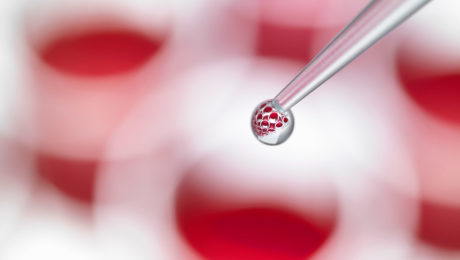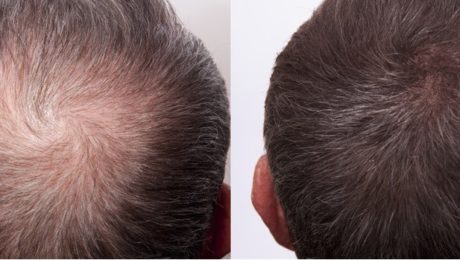Global Stem Cells Group to Sponsor Congreso Internacional de Medicina Antienvejecimiento y Longevidad Feb. 16-18, 2018
(Image: Hotel Reforma, Mexico City)
MIAMI, Feb. 14, 2018— Global Stem Cells Group, a world leader in stem cell and regenerative medicine, will sponsor the IX Congreso Internacional de Medicina Antienvejecimiento y Longevidad (Congress in Anti-Aging and Longevity Medicine) to be held February 16 – 18, 2018 in Mexico City. This will be the third consecutive year GSCG is sponsoring the Congress.
Global Stem Cells Group founder and CEO Benito Novas will join healthcare professionals from around the world for the event. Anti-aging medicine focuses on early detection, prevention, treatment, and regeneration for conditions related to advanced age and promotes. innovative therapy and protocol development for the therapeutic management of aging and elderly patients. Four-hundred participants are expected to attend.
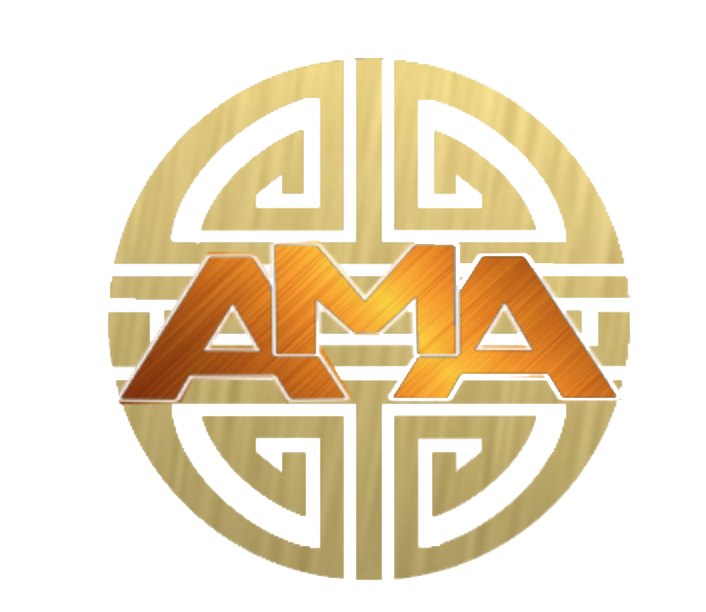
Instituto de Medicina Antenvejecimiento Longevidad
A lineup of world-renowned physicians, all leaders in anti-aging medicine, will teach magisterial conferences throughout the event. There will also be practical theoretic workshops related to anti-aging, regenerative, and aesthetic medicine. Additionally, conference attendees will be able to witness various procedures performed by expert anti-aging practitioners.
The conference is organized by The Institute of Anti-Aging and Longevity Medicine, the leading anti-aging and regenerative medicine society in Mexico.
IX Congress attendees will be granted recognition for their participation and will have access to the event’s commercial area where they can purchase products and learn about business opportunities with leading national and international companies specializing in anti-aging medicine.
The conference will be held at Hotel Reforma in Mexico City.
To learn more or register for the IX Congreso Internacional de Medicina Antienvejecimiento y Longevidad, visit the conference website. For information on regenerative and stem cell medicine, visit the Global Stem Cells Group website, email info@stemcellsgroup.com, or call +1 305 560 5337.
About Global Stem Cells Group
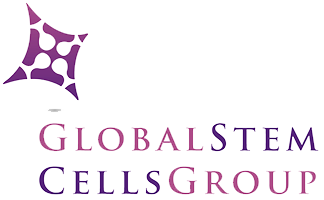 Global Stem Cells Group (GSCG) is a worldwide network that combines seven major medical corporations, each focused on furthering scientific and technological advancements to lead cutting-edge stem cell development, treatments, and training. The united efforts of GSCG’s affiliate companies provide medical practitioners with a one-stop hub for stem cell solutions that adhere to the highest medical standards.
Global Stem Cells Group (GSCG) is a worldwide network that combines seven major medical corporations, each focused on furthering scientific and technological advancements to lead cutting-edge stem cell development, treatments, and training. The united efforts of GSCG’s affiliate companies provide medical practitioners with a one-stop hub for stem cell solutions that adhere to the highest medical standards.Global stem cell’s mission is to be the largest recognized stem cell and regenerative medicine network in the world.
Congress in Anti-Aging and Longevity Medicine
- Published in Press Releases
What is regenerative medicine?
Regenerative medicine is the cutting-edge “medicine of the future,” offering the promise of efficacy by enabling human tissue to be repaired, replaced, and healed (regenerated) once it is damaged or diseased. These therapies supplement the body’s natural healing mechanisms, often employing stem cells to stimulate the renewal of tissue damaged by injury, disease, or age. The rapid expansion of scientific knowledge offers great promise for advances in this field, holding vast potential to improve the quality of human life.
What are Stem Cells?
Stem cells are the basic building blocks of life. They are unspecialized cells capable of producing more stem cells through mitosis or differentiating into specialized cells that perform specific functions in the body. Stem cells are found throughout the body’s tissues, organs, and systems, although usually in small quantities in adults.
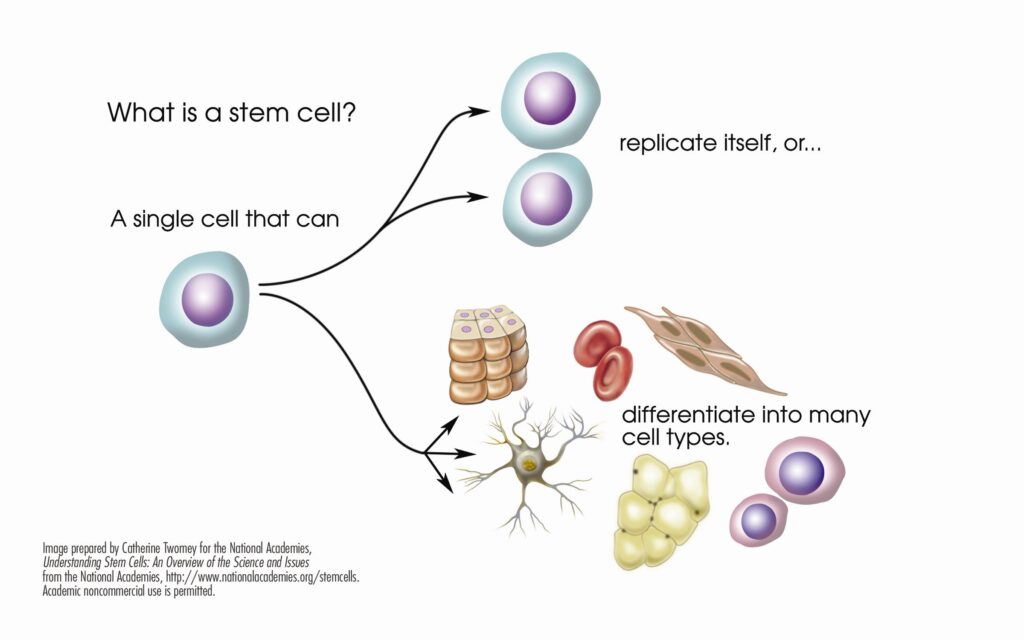
What are Hematopoietic Stem Cells?
Hematopoietic stem cells (HSCs) can give rise to all types of blood cells, including red blood cells, white blood cells, and platelets. They are particularly useful in treating blood-related diseases and conditions.
What are Mesenchymal Stem Cells?
Mesenchymal Stem Cells (MSCs) are multipotent stromal cells that are non-blood forming stem cells capable of differentiating into a variety of cell types, including muscle, bone, cartilage, and fat cells. When introduced into a patient’s body, MSCs can repair or replace damaged or degenerating tissue by communicating with surrounding cells, triggering a cellular cascade of healing (paracrine signaling).
The term MSC was coined in the late 1980s by Dr. Arnold Caplan of Case Western Reserve. Recently, Caplan redefined the acronym to “Medicinal Signaling Cell” to emphasize these cells’ role in secreting powerful bioactive molecules involved in cellular signaling and regeneration. Caplan now describes MSCs as a “multisite-regulatory dispensary” (Natural Drug Store).
The production of MSCs in the human body can be precipitated by bioactive placental tissues containing Growth Factors, Cytokines, and other powerful bioactive agents that trigger cell signaling. The remarkable ability of MSCs makes them irreplaceable in medical treatments.
What are Accessible Sources of Stem Cells?
Stem cells can be extracted from various parts of the body, such as bone marrow and adipose tissue. More recently, birth tissues from live births, including umbilical cord blood, cord tissue with Wharton’s Jelly, and amniotic membrane tissue, have been found to be rich sources of both HSCs and MSCs. These tissues also precipitate the production of MSCs through paracrine signaling. Growth Factors, Cytokines, Exosomes, and micro-RNA from birth tissues give rise to stem cells in this way. These cells, as well as MSCs contained in Wharton’s Jelly, tend to be more fit than those obtained from adult stem cells.
Wharton’s Jelly
Wharton’s Jelly is a gelatinous substance found in the umbilical cord that is rich in stem cells. Studies have shown that mesenchymal stem cells (MSCs) derived from Wharton’s Jelly have low immunogenicity. Human umbilical cord Wharton’s Jelly provides a new source for MSCs that are highly proliferative and have multi-differentiation potential. Wharton’s Jelly Cells (WJCs) express MSC markers but have low levels of human leukocyte antigen (HLA)-ABC and no HLA-DR. WJCs have low functional immunogenicity, and recipient rejection has not been documented.
Advanced Regenerative Medicine
Advanced Regenerative Medicine involves the use of regenerative biomolecules, tissue engineering, and stem cells to treat diseased or injured tissues. This field leverages cutting-edge techniques to promote healing and regeneration, offering new hope for patients with previously untreatable conditions.
- Published in Corporate News / Blog
Controlling Stem Cells… through their environment
Stem cells have captured the imagination of both scientists and the public alike with their potential to revolutionize medical treatments and therapies. The ability of these microscopic entities to differentiate into various cell types holds promise for curing diseases and repairing damaged tissues.
Understanding Stem Cell Differentiation
Researchers are actively exploring methods to manipulate stem cell development, particularly pluripotent cells capable of becoming any cell type. By culturing these cells in specific environments, scientists have observed activation of genes that dictate tissue specialization. This insight is crucial for developing targeted therapies and treatments.
Innovations in Stem Cell Research
Recent breakthroughs include the generation of dopamine-producing neurons from pluripotent cells and the creation of sugar-based scaffolds for blood vessels. These advancements highlight the potential of stem cells to address complex medical challenges.
Clinical Applications of Adult Stem Cells
Physicians have increasingly utilized adult stem cells sourced from fat or bone marrow to treat degenerative conditions such as knee osteoarthritis, sports injuries, and frozen shoulder. Unlike pluripotent cells, adult stem cells primarily function by releasing growth factors, proteins, and anti-inflammatory substances that promote tissue regeneration and healing.
Natural Healing Through Cellular Environment
In clinical settings, adult stem cells influence their environment by enhancing local cell growth and differentiation. This natural process mimics laboratory findings, demonstrating the body’s innate ability to harness its own healing potential.
Conclusion
The field of stem cell research continues to evolve, promising new avenues for medical intervention and patient care. By understanding how stem cells interact with their environment, researchers and healthcare providers can optimize therapies and explore novel treatments for a range of conditions
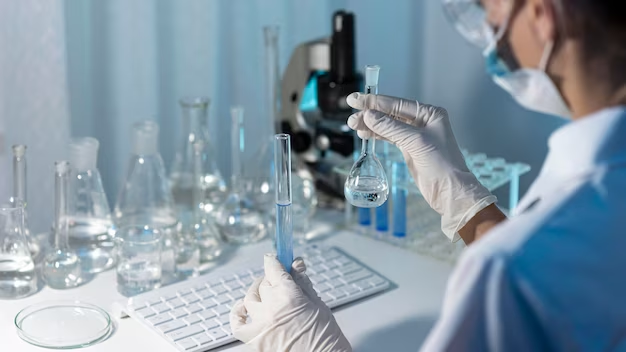
- Published in Corporate News / Blog
Photobiomodulation and Why We Use LED to Irradiate PRP
Introduction to PRP in Regenerative Medicine
In the regenerative medicine specialty, we have been active for about 8 years. Like many others, we started by using Platelet-Rich Plasma (PRP). We learned about it, were fascinated by it, and treated our patients with it. Patients loved it, and so did we.
PRP, if obtained and used correctly, is a powerful tool to implement in any medical practice, especially when dealing with the elderly, osteoarthritis, wear and tear of tendons and ligaments, and loss of vitality. PRP is also frequently used in plastic and reconstructive surgery for wound care, scar improvement, and overall skin rejuvenation.
How PRP Works
But why does PRP work, and how?
We are all familiar with platelets. They have significant power and influence over tissue regeneration, and by concentrating them in a blood sample, we can obtain signaling proteins, cytokines, and growth factors. If we add white blood cells to the mix, we get what is called L-PRP (leukocyte-rich PRP), making that “soup” even more interesting.
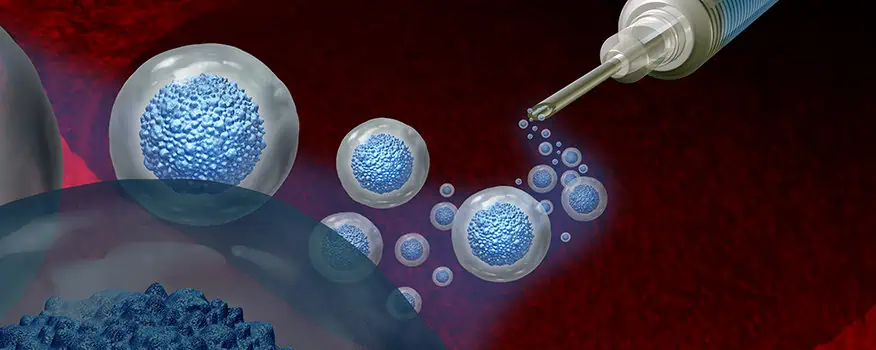
What is Photobiomodulation?
To harness the power of these bioactive substances, we need to coax the cells into releasing them. Normally, platelets are activated by the addition of calcium or by contact with collagen. However, several studies have demonstrated the influence of low-intensity laser on the activity of some cells. This effect is called “photobiomodulation.” This modality uses non-ionizing light sources, like LEDs or Helium-Neon lasers, to produce photochemical events at various biological scales. It has been demonstrated that this light reacts with the enzyme cytochrome c oxidase, which is paramount in mitochondrial processes.
Effects of Photobiomodulation on Cellular Cultures
Several scientists studied this light and its effects on cellular cultures. They found that cells proliferate more when exposed to low-level laser and showed increased viability.
We compared the levels of cytokines and growth factors in an irradiated sample and a non-irradiated one. Some growth factors even tripled in concentration after laser exposure. The famous interleukin-10, an anti-inflammatory protein, doubled in levels, and endorphins were released in high levels.
Benefits of Photobiomodulation
The photobiomodulation process has been established to provide extraordinary benefits in pain management, inflammation reduction, immunomodulation, and promotion of wound healing and tissue regeneration. It plays a fundamental part in our protocols.
Isn’t it all sort of amazing?
We’ll see you in the next blog. Keep your cells healthy!
- Published in Corporate News / Blog
Global Stem Cells Group names Mehmet Veli Karaaltın, M.D. to Advisory Board
(Image: Mehmet Veli Karaaltın, M.D.)
MIAMI, Jan. 18, 2018—Global Stem Cells Group CEO Benito Novas has named Mehmet Veli Karaaltın, M.D., Associate Professor of Plastic, Aesthetic, and Reconstructive Surgery, (European Board Certified), and hand surgery, head, and maxillofacial surgery specialist to the GSCG Advisory Board Faculty.
Karaaltın practices in Istanbul, Turkey.
Born in Iraq-Kirkuk in 1972, Karaaltın moved to the United States with his family, living in West Lafayette, Indiana and Los Angeles until 1988, when he moved to Istanbul.
After graduating from Istanbul University’s Cerrahpaşa English Medical Faculty, Karaaltın received a national examination from Hacettepe University in Ankara, Turkey, where he was 12th out of 25000 doctoral candidates. In 2012, he passed and completed all ID exams required by the European Society of Plastic Surgery. He is a member of the European Council of Plastic Reconstructive and Aesthetic Surgery and the International Society of Aesthetic Plastic Surgery (ISAPS).
In addition to his work in aesthetic applications, Karaaltın is also known for his work in microvascular free flaps, nerve transfers, facial surgery, and tissue transplants.
Karaaltın also practices cellular therapy and tissue regeneration for healing diabetic wounds, severe burns, and Buerger’s disease. He is one of only a few physicians in the world who offer surgical treatment for Lymphedema-Elephant Disease with microvascular lymph node transfer. In addition, Karaaltın uses
3-D technology to perform aesthetic rhinoplasty.
“It is a pleasure to welcome Dr. Karaaltın to the Global Stem Cells Group Advisory Board,” says GSCG CEO Benito Novas. “He brings a wealth of knowledge in aesthetic regenerative medicine to the table, and we look forward to a long and productive alliance.”
To learn more, visit the Global Stem Cells Group website, email inf@stemcellsgroup.com, or call +1 305 560 5337.
About Global Stem Cells Group:
Global Stem Cells Group (GSCG) is a worldwide network that combines seven major medical corporations, each focused on furthering scientific and technological advancements to lead cutting-edge stem cell development, treatments, and training. The united efforts of GSCG’s affiliate companies provide medical practitioners with a one-stop hub for stem cell solutions that adhere to the highest medical standards.
Global stem cell’s mission is to be the largest recognized stem cell and regenerative medicine network in the world.
Mehmet Veli Karaaltın, M.D.
- Published in Press Releases
ISSCA President Daeyong Kim, Ph.D. Announces Next Chapter Meeting to be Held Jan. 24 – 26, 2018 in Seoul, Korea
ISSCA President Daeyong Kim, Ph.D., and Vice President Benito Novas to hold next ISSCA chapter meeting in Seoul, Korea Jan. 24-26, 2018.
MIAMI, Jan. 18, 2018— ISSCA President Daeyong Kim, Ph.D. has announced the next chapter meeting will be held Jan. 24 – 26, 2018 in Seoul, Korea.
The meeting will be held by Kim and ISSCA Vice President Benito Novas and will address all ISSCA chapter directors and board members.
ISSCA Chapter directors from the U.S., Costa Rica, Argentina, Spain, and Morocco will be in attendance. During the three-day event, chapter directors will receive training in the latest regenerative medicine clinical application protocols as well as applications for manipulating and harvesting stem cells in lab conditions.
ISSCA will also establish strategies for 2018, focusing on promoting excellence and setting standards in the field of publication, research, related education, and certification in regenerative medicine during the event.
The organization intends to set the entire 2018 agenda for regenerative medicine training for 2018 during the meeting, including:
• The Hands on Training Agenda
• The Cell Therapy and Engineering Tissue Fellowship
To learn more about ISSCA, visit the stemcellglobal.org website, email info@stemcellsgroup.com, or call +1305 560 5337.
About ISSCA:

The International Society for Stem Cell Application (ISSCA) is a multidisciplinary community of scientists and physicians, all of whom aspire to treat diseases and lessen human suffering through advances in science, technology and the practice of regenerative medicine. ISSCA serves its members through advancements made to the specialty of regenerative medicine.
The ISSCA’s vision is to take a leadership position in promoting excellence and setting standards in the regenerative medicine fields of publication, research, education, training, and certification.
As a medical specialty, regenerative medicine standards and certifications are essential, which is why ISSCA offers certification training in cities all over the world. The goal is to encourage more physicians to practice regenerative medicine and make it available to benefit patients both nationally and globally. Incorporated under the Republic of Korea as a non-profit entity, the ISSCA is focused on promoting excellence and standards in the field of regenerative medicine.
ISSCA chapter meeting
- Published in Press Releases
ISSCA President Daeyong Kim, Ph.D. Names Junaid Sayed, M.D. President of ISSCA’s U.S. Chapter
(Image: Junaid A. Syed, M.D.)
ISSCA President Daeyong Kim, Ph.D., has named Junaid Sayed, M.D. president of ISSCA’s U.S. chapter.
MIAMI, Jan. 18, 2018—International Society for Stem Cell Application (ISSCA) President Daeyong Kim, Ph.D., has named Junaid Sayed, M.D. president of ISSCA’s U.S. chapter. Sayed is Board Certified physician with extensive training in aesthetic medicine.
As president of the U.S. chapter, Sayed will represent and promote ISSCA activities the USA, including ISSCA’s Stem Cell Certification Training and Stem Cell Conference events. He will also share the latest information on regenerative medicine clinical applications with the U.S, medical community.
“We are happy to have Dr. Sayed represent ISSCA in the U.S., and as a collaborator in our efforts to introduce new clinical applications to the medical community,” says Kim. “He brings a wealth of experience and expertise to the ISSCA organization.”
To learn more about ISSCA, visit the stemcellglobal.org website, email info@stemcellsgroup.com, or call +1305 560 5337.
About ISSCA:

The International Society for Stem Cell Application (ISSCA) is a multidisciplinary community of scientists and physicians, all of whom aspire to treat diseases and lessen human suffering through advances in science, technology and the practice of regenerative medicine. ISSCA serves its members through advancements made to the specialty of regenerative medicine.
The ISSCA’s vision is to take a leadership position in promoting excellence and setting standards in the regenerative medicine fields of publication, research, education, training, and certification.
As a medical specialty, regenerative medicine standards and certifications are essential, which is why ISSCA offers certification training in cities all over the world. The goal is to encourage more physicians to practice regenerative medicine and make it available to benefit patients both nationally and globally. Incorporated under the Republic of Korea as a non-profit entity, the ISSCA is focused on promoting excellence and standards in the field of regenerative medicine.
- Published in Press Releases
Top 3 Reasons We Offer Doctors Marketing Services
Introduction
At Adimarket, we sell equipment to practices that are willing and able to add PRP and stem cell therapies to their lineup. The equipment we offer is among the best, and we have helped hundreds of doctors and practices to offer PRP and stem cell therapies. However, we also provide marketing services as well.
Although it might seem odd that we offer both marketing services and equipment, it makes sense once you understand why. Simply offering services and having the equipment to do so does not in itself help patients fully know that you are offering new services. It is best practice to get the word out to as many people in the area as possible.
Top 3 Reasons We Offer Doctors Marketing Services
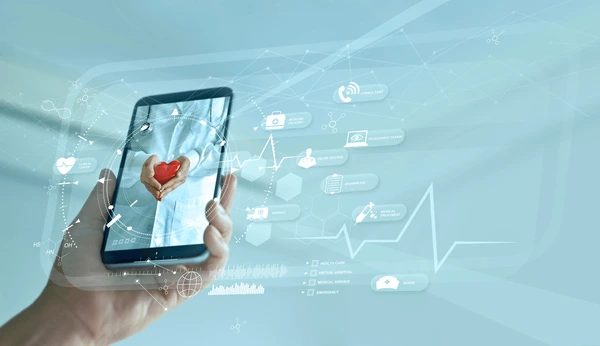
1. Regenerative Medicine Is Relatively New
Compared to many other medical practices, such as surgery and physical therapy, regenerative medicine is still fairly new. In fact, most people do not really know that PRP and stem cell therapy even exist, let alone that they can be used to manage chronic pain.
The fact that not many people even know about the existence of regenerative medicine, let alone what it can be used for, means that it would be difficult to get your patients to even understand what you are offering as a service. This can be addressed with marketing. Through marketing, a practice can not only make it known that they are offering these new services, but also explain what the service entails.
2. Marketing Is Like Dieting
Pretty much every doctor and dietitian knows that good nutrition is vital to great health down the line. Waiting until you’re sick and deficient to discuss nutrition is not the best way to address the issue. Marketing is similar in that instance. Marketing can not only be used to keep current patients informed but also to inform new patients about what you offer. Practices that don’t market often suffer in the same way as people who don’t get good nutrition.
3. There’s a Lot of Competition
Medicine has sadly become more and more like a business in recent years. This means that even doctors and practices need to have a good business sense if they are going to continue to provide the type of services that patients need and desire. Not understanding business would only make any practice fail or at least prevent them from growing.
Because of this, private practices, as well as other medical groups, are forced to compete. Marketing is a big way to make sure that you get patients instead of your competition. If you are utilizing PRP and stem cell therapies as a way to generate more income, then great! However, you will still have to market those services to get the word out and compete.
Conclusion
At Adimarket, we offer these services to help the field of regenerative medicine succeed. We not only help your practice start to utilize regenerative medicine, but we also help you promote your practice. This will help your patients know that you are using these methods and what they are, so that you can get a leg up over the competition.
- Published in Corporate News / Blog
Stem Cell Therapy’s Future
Stem cells from adults revolutionized leukemia treatment through bone marrow transplants over 30 years ago. This success spurred scientists to explore broader applications of stem cell therapy for various diseases and injuries. While initial expectations may have been lofty, the field continues to evolve with promising advancements on the horizon.
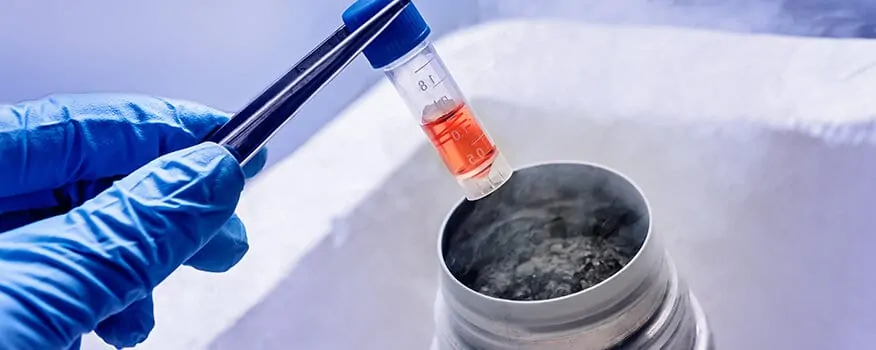
What Are The Different Types of Stem Cells?
Early research primarily focused on two types of stem cells: Adult and Embryonic. Adult stem cells, notably used in bone marrow transplants, showed efficacy in treating several conditions. In contrast, embryonic stem cells, although versatile, posed practical challenges that limited their widespread use.
In 2006, Japanese researchers pioneered a breakthrough by reprogramming adult stem cells into induced Pluripotent Stem (iPS) cells, mimicking embryonic stem cells’ versatility. However, concerns emerged over iPS cells’ susceptibility to mutations, leading to occasional cancer risks.
Making The Research More Targeted
Despite setbacks, these challenges deepened our understanding of stem cell biology. Current research focuses on targeted therapies tailored to specific tissue damage, marking a significant shift in strategy. Unlike earlier methods reliant on cell reprogramming, today’s approach emphasizes using tissue-specific stem cells for precise applications.
Stem cells derived from joint tissues, for instance, can regenerate only joint tissues, highlighting current limitations. Yet, these constraints are viewed as temporary barriers that ongoing research is poised to overcome.
Adimarket’s Role in Advancing Stem Cell Therapies
At Adimarket, we equip medical practices with the tools needed for Platelet Rich Plasma (PRP) and Stem Cell therapies. Our goal is to expand treatment options for patients suffering from injuries and arthritis, contributing to the bright future of regenerative medicine.
PRP and stem cell therapies hold immense potential for the future of medical treatment. Medical professionals and practice owners can join this transformative journey by integrating our cutting-edge equipment into their practices. For more information or inquiries, visit our website today.
- Published in Corporate News / Blog
PRP and Stem Cell Treatments Being Studied for Hair Loss
Hair loss is a widespread issue, affecting tens of millions of people worldwide. Many individuals turn to hair restoration therapies and other procedures to regain their lost hair. While some treatments are effective, they often merely relocate existing hair. Stem cell therapy, however, aims to stimulate new hair growth by regenerating hair follicles.
The Promise of PRP and Stem Cell Therapies
At Adimarket, along with other innovative companies, we are dedicated to exploring and providing reliable uses for PRP (Platelet-Rich Plasma) and stem cell therapies. We supply the necessary equipment and services to enable doctors and practices to offer these advanced treatments to their patients.
Leading Experts and Ongoing Studies
Although smaller companies like ours are at the forefront of discussing PRP and stem cell therapies, many in the medical community see the potential in these treatments. Notable practitioners, such as Dr. Lazaro M Garcia from Miami, are already utilizing PRP and stem cell therapy for hair loss. Dr. Garcia is currently conducting a study supported by the National Institutes of Health.
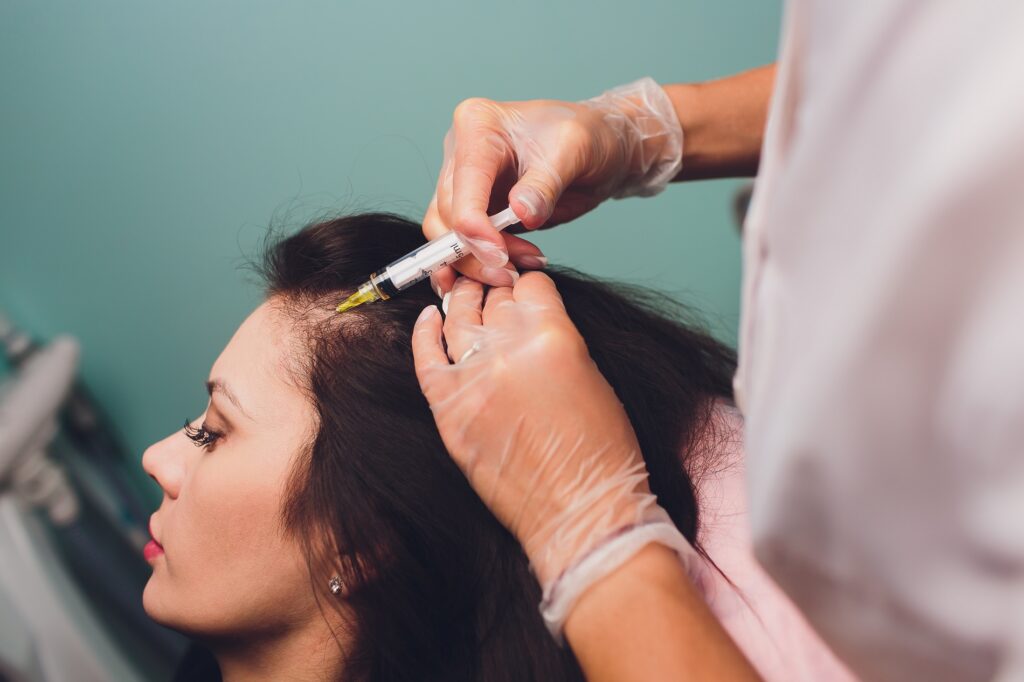
How the Study Works
Patients participating in the study pay a small fee, varying by their study group. They receive two injections of PRP and stem cells derived from their own body over three months. Dr. Garcia’s approach leverages the body’s own growth factors to enhance blood flow and nutrient delivery to dormant hair follicles, revitalizing them and promoting new hair growth.
The Process of Creating Platelet-Rich Plasma
Creating PRP involves using the patient’s own blood, which can be sourced from bone marrow or other fat deposits. The blood is processed in a centrifuge to concentrate its components, which are then injected into the treatment site. Although the procedure is straightforward, proper training is essential to ensure safety and efficacy.
Adimarket’s Role in Providing Equipment
At Adimarket, we don’t perform stem cell and PRP therapies ourselves, but we offer the equipment necessary for doctors and practices to do so. Our products include amniotic tissue, stem cell and PRP kits, centrifuge devices, and more. Practices and doctors can conveniently order directly from us.
Superior PRP Systems
It’s important to note that not all PRP systems are created equal. Our closed tabletop system can process PRP in under 10 minutes, ensuring efficiency and reliability. For more information, contact us or visit our website.
Conclusion
Hair loss is a significant concern for many people. Thanks to advancements in PRP and stem cell therapies, we no longer have to rely solely on hair replacement surgery. These therapies could be the most effective solutions for both patients and medical practices, offering new hope for those suffering from hair loss.
- Published in Corporate News / Blog

